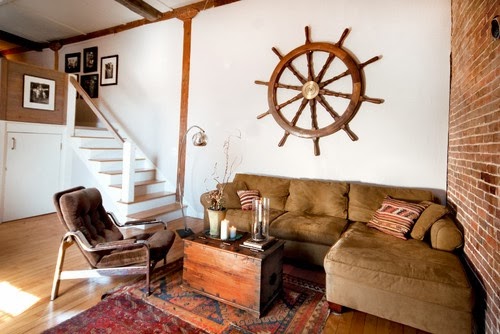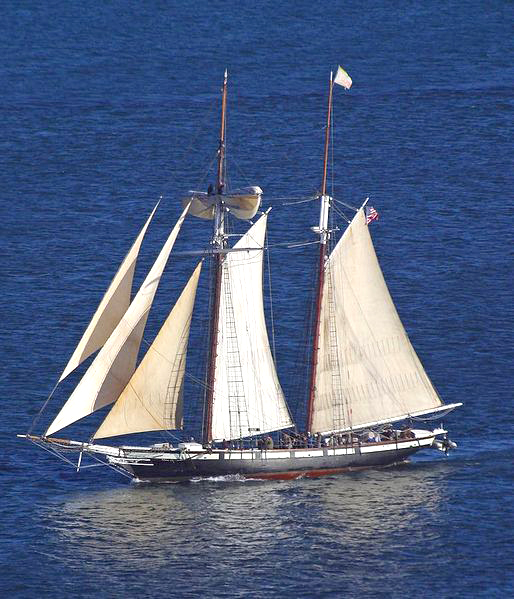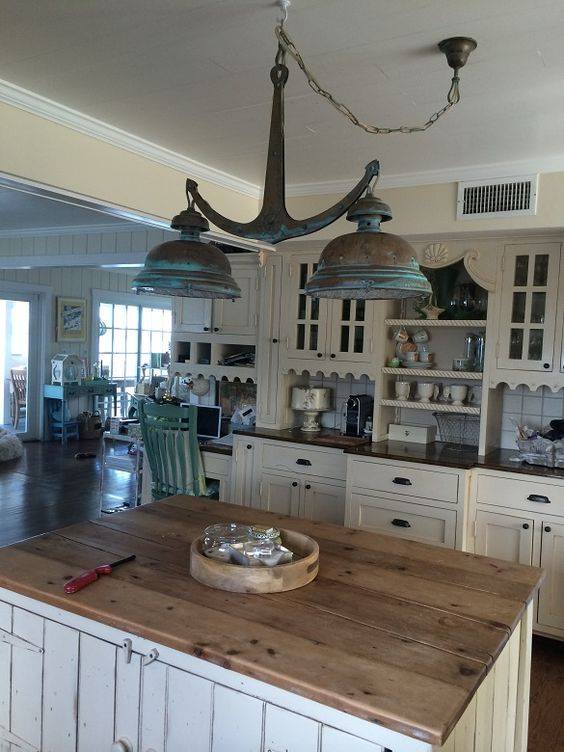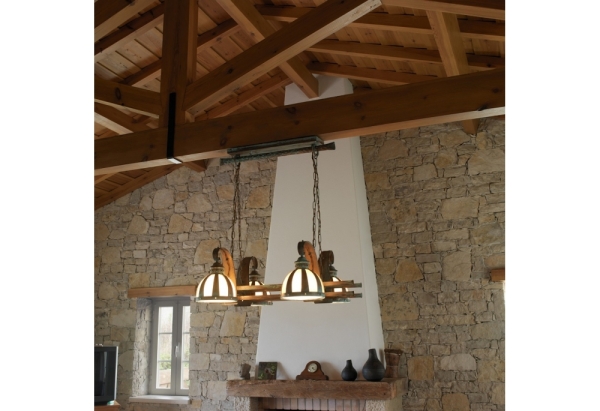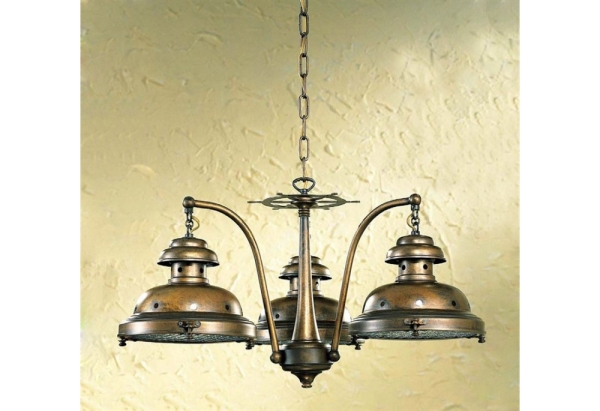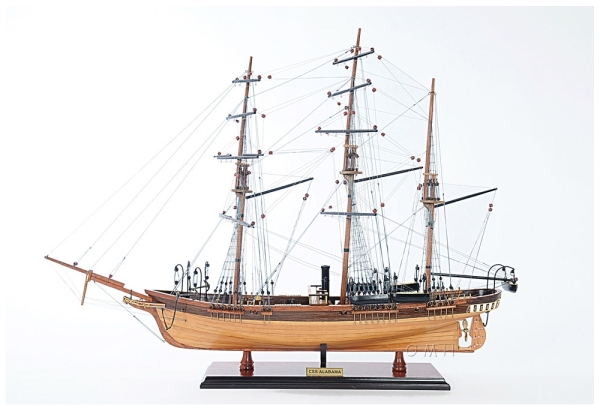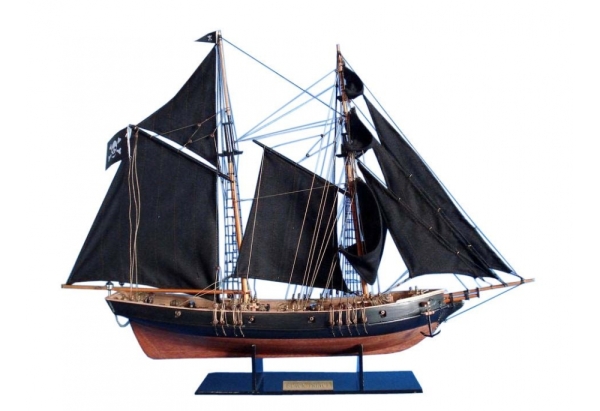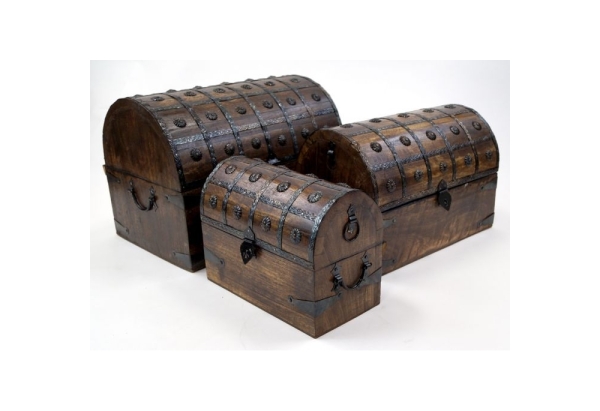
Nautical Themed Ideas
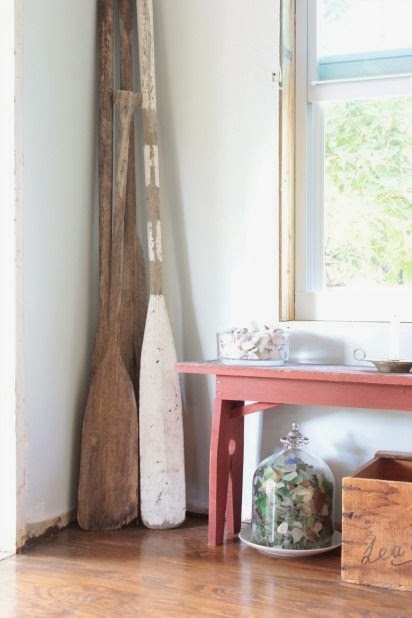 |
Wooden Oars Decorating |
 |
Bring a Classy Look With Ship Models |
 |
Nautical Decor and Ideas |
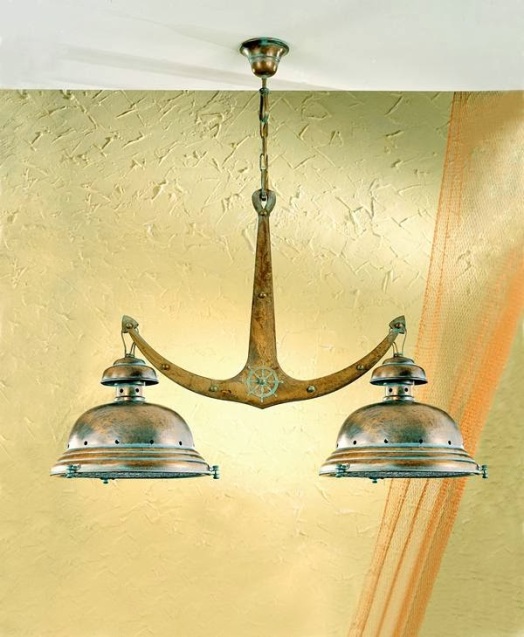 |
Nautical Lighting To Complete Nautical Themed Room |
 |
Wooden Decorative Oars Will Bring Endless Summer Into Life |
 |
Decorating With Sailboat ModelsDecorative Ship’s Wheel |
Bring Nautical Ambiance to Your Home With Nautical Decor
Baltimore Clipper Harvey
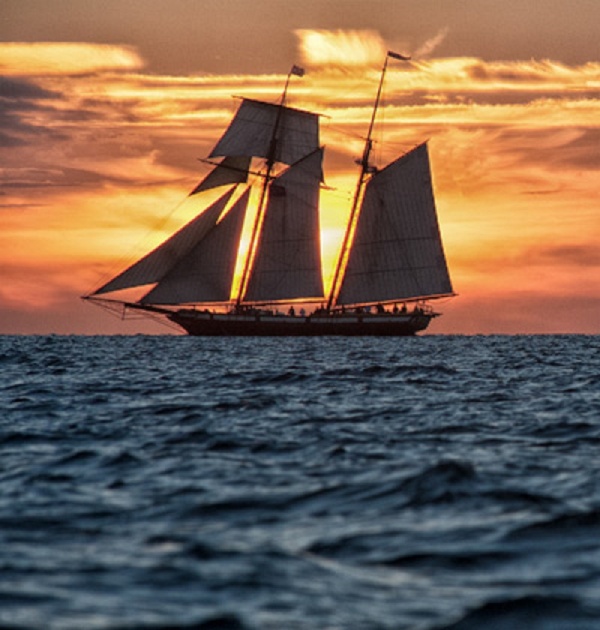
Baltimore Clipper Under Sails image source
Baltimore Clipper Model Ship Now on Sale
| The Harvey was built in 1847 in the state of Maryland. She was an able sailer working out of the port of Galveston Texas. At the turn out the Century she was making several voyages a year between Galveston and the ancient Jewish port of Jaffa which at the time was still under the Ottaman empire. Her main cargo was hemp used to make ropes for the rigging of ships. She exemplified this class of roving privateers, overtaking and capturing British merchantmen laden with cargo to support the British expeditionary forces then attempting to recapture the former colonies. She had a successful career, first as a warrior and then as a cargo carrier. She displaced about 225 tons, and had a length of 97 feet, a width of 25 feet and a depth of less than 11 feet. With the end of the war, transatlantic trade resumed, and the Baltimore clipper evolved over the next 30 years to take the form of larger cargo carrying packets. These had similar hull lines and were longer, slimmer, and faster than older merchant ships. |
Schooner “Californian”
Californian was built in 1984 as a replica of the revenue service cutter C.W. Lawrence which operated off the Californian coast in the 1850s. She is known as the “Official Tall ship Ambassador for the State of California”,
A precursor to today’s Coast Guard, the Revenue Cutter Service was responsible for securing the tax revenue and to relieve distressed merchant vessels, much as the United States Coast Guard operates today.
Originally commissioned by the Nautical Heritage Society, she’s flown the Californian flag up and down the Californian coast and in ports ranging from Hawaii, Mexico, and the East Coast.
Recently acquired by the Maritime Museum of San Diego, she underwent a complete overhaul and has now returned to providing sail training and sea educational programs up and down the Californian coast
CSS Alabama Warship
Warship CSS Alabama
CSS Alabama was a screw sloop-of-war built for the Confederate States Navy at Birkenhead, England in 1862 by John Laird Sons and Company of Birkenhead. Alabama served as a commerce raider, attacking Union merchant and naval ships over the course of her two-year career, during which she never laid anchor in a Southern port.
CSS ALABAMA
History
Alabama was built by British shipbuilders in 1862. Launched as Enrica, she was fitted out as a cruiser and commissioned August 24, 1862 as CSS Alabama. Under Captain Raphael Semmes, Alabama spent the next two months capturing and burning ships in the North Atlantic and intercepting grain ships bound for Europe. Continuing her path of destruction through the West Indies, Alabama sank USS Hatteras along the Texas coast and captured her crew. After a visit to Cape Town, South Africa, Alabama sailed for the East Indies where the ship spent six…
View original post 843 more words
Captain Kidd’s Adventure Galley
History of Captain Kidd’s Adventure Galley
- Adventure Galley, a.k.a. Adventure, was an English ship captained by William Kidd, the notorious privateer turned pirate. It weighed 287 tons and had 34 cannons and a crew of about 150. While badly leaking, it was lost at the Île Sainte-Marie (Saint Mary’s Island), a formidable pirate base off the northeastern coast of Madagascar. It was stripped and the rest burned. It still remains in the shallow bay of the island.
On December 11, 1695, Bellomont, who was now governing New York, Massachusetts, and New Hampshire, asked the “trusty and well beloved Captain Kidd to attack Thomas Tew, John Ireland, Thomas Wake, William Maze, and all others who associated themselves with pirates, along with any enemy French ships. This request preceded the voyage which established Kidd’s reputation as a pirate, and marked his image in history and folklore.
Four-fifths of the cost for the…
View original post 378 more words
Black Prince
Pirate Ship “Black Prince”
The first ship to gain Benjamin Franklin’s American privateering commission was the “Black Prince”, a French-owned vessel so named for it’s black hull and near-legendary prowess and speed as a rumrunner. The Black Prince was crewed by Irish smugglers who would split the profits from the venture with the vessel’s owner. Franklin himself took no profit from privateering. His sole interest lay in the procurement of British prisoners for trade.
The Black Prince underwent extensive improvements to prepare her for this daunting task of Benjamin Franklin’s. She was approximately sixty-five feet in length by twenty feet in her beam (width). Her hold was retrofitted to accommodate fifty or more hammocks and small sleeping cubbyholes for her officers. She was armed with sixteen 4-pounder guns and thirty swivels.
The Black Prince enjoyed a brilliant solo career, capturing an impressive thirty-five vessels before being joined by the…
View original post 510 more words
Pirates and Nautical Decor
The Black Pearl, originally Wicked Wench, is a fictional ship in Pirates of the Caribbean. In the screenplay, the Black Pearl is easily recognized by her distinctive black hull and sails. This turns out to be an advantage in more than one way. Not only do the black sails act as a sort of intimidation tactic, but the Pearls crew can put out the deck lamps for added stealth at night. The ship was originally named Wicked Wench before she was ordered burned and sunk by Lord Beckett. It was later raised from the sea floor by Davy Jones after making a pact with Jack Sparrow who rechristened her the Black Pearl. She is said to be “nigh uncatchable”. Indeed, in the three films she either overtakes or flees all other ships, including the Interceptor (regarded as the fastest ship in the Caribbean) and the Flying Dutchman (which is actually faster against the wind). Her speed is derived from the large amount of sails she carries. She is noted in At Worlds End as being “The only ship as which can outrun the Flying Dutchman.”

